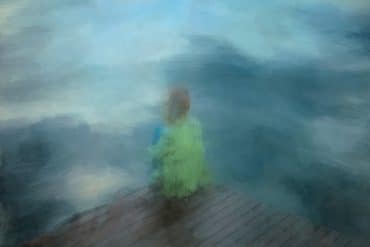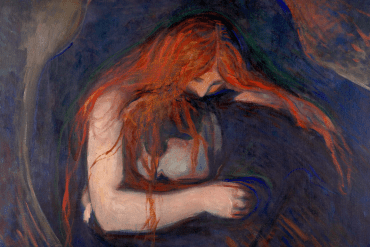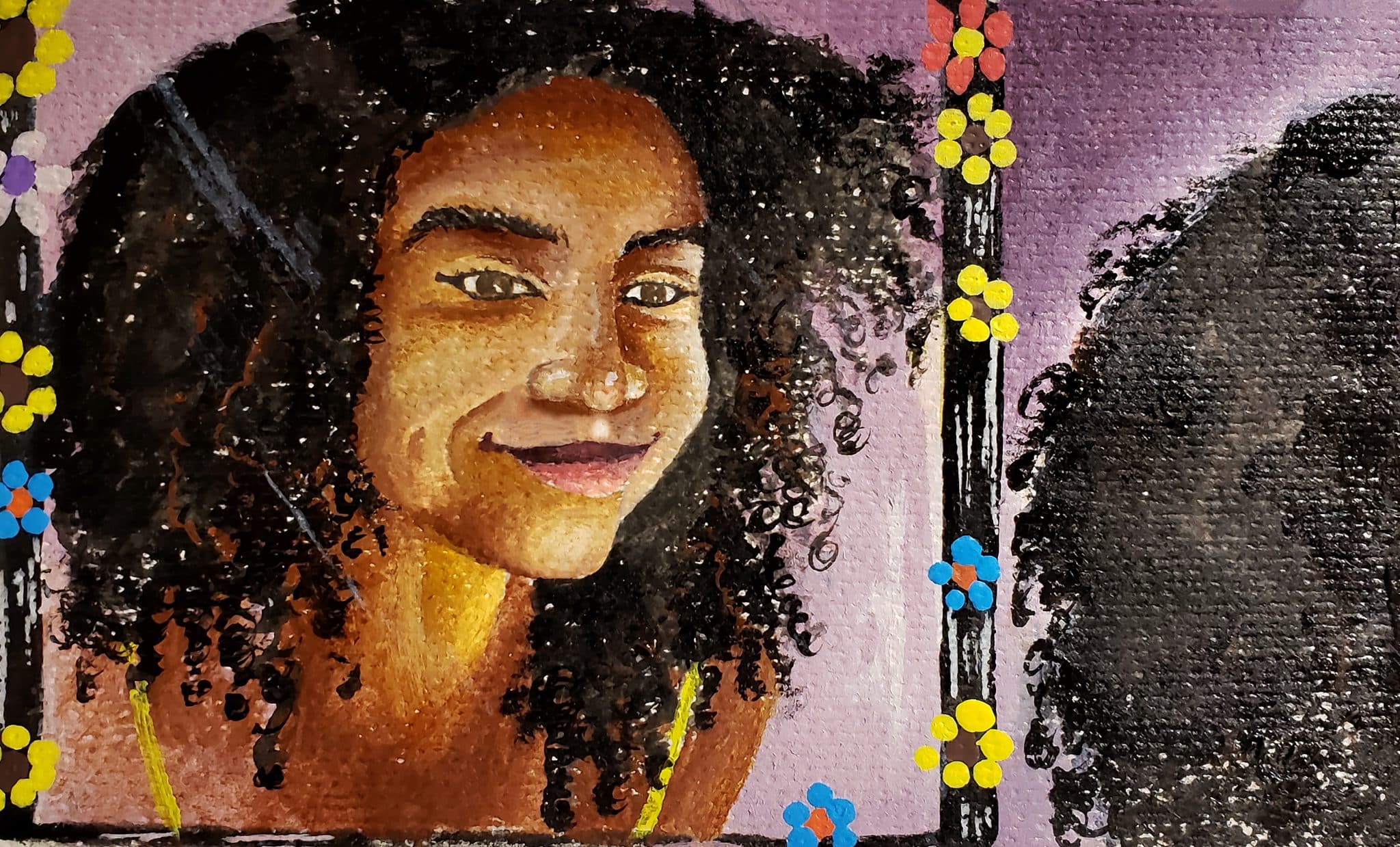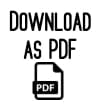5 Poems about Living with ME/CFS
My current work deals with my recent diagnosis of ME/CFS. I began having disruptive symptoms in 2016, culminating in leaving my job in 2019. I hope to describe living with an syndrome that is chronic and invisible, thus bringing more societal awareness to this little known, little understood illness.
REACH OF ILLNESS AND GOVERNMENT FUNDING
ME/CFS affects as many 2.5 million Americans. In 2019, the National Institutes of Health set aside $15 million for the disease, while headaches recieved $40 million that year. Crohn’s disease, which impacts the lives of 780,000 Americans, got $76 million ($97 per person). Chronic pain got $856 million. HIV/AIDS, which infects about 1.1 million Americans, was allotted $3 billion (about $3,000 per person). Cancer received $6.5 billion in funding ($3,700 per person diagnosed that year). The allocation for people with ME/CFS adds up to somewhere between $6 and $15 per person.”1 Clearly the illness needs more public visibility.
IMPACT OF CFS ON PATIENTS
“Dr. Nancy Klimas, an immunologist who.. treated both AIDS and CFS patients, had this to say about the impacts of the illness: ‘My HIV patients for the most part are hale and hearty thanks to three decades of intense and excellent research and billions of dollars invested. Many of my CFS patients, on the other hand, are terribly ill and unable to work or participate in the care of their families. I split my clinical time between the two illnesses, and I can tell you, if I had to choose between the two illnesses in 2009, I would rather have HIV.’”2
One study found that all its CFS-stricken participants “related profound and multiple losses, including loss of jobs, relationships, financial security, future plans, daily routines, hobbies, stamina and spontaneity, and even their sense of self because of CFS.”3
IMPACT OF ME/CFS ON MY LIFE
None of this surprises me. Almost nothing of my former self remains. One of my most important spiritual practices when I was well was taking long walks in nature. I can now no longer do that, which impacts my spiritual life negatively.
I prided myself on being thin and fit. I now weigh over 60 pounds more than before the onset of my illness, and my stamina for daily activities is limited. I frequently have “crashes,” which are hours or days when I can barely leave my bed. I cannot exercise, since it is not recommended for ME/CFS patients. Exercise will only cause longer, more severe crashes.
I also thought of myself as an intellectual, and reading continues to be a favorite hobby. However, since the onset of the illness, I am often unable to read. Now I suffer from a symptom known as “brain fog.” On a nearly daily basis, I experience a reduction in my intellectual abilities.
I do feel a profound sense of loss of personal identity. In 2023, my therapist hospitalized me for ten days for suicidal intentions. I felt, and sometimes still feel, that there is not enough left of me to merit continued living. Writing is a way to make my life worth living. It is important for me to help other patients feel seen and to raise public awareness.

DRIVING WITH ME/CFS
Although I hadn’t driven in months, my body warmed with pleasure as my foot gently pressed the brake and my hands turned the wheel. I enjoyed the comfort of muscle memory, the age of the habit my body followed like water through a stream’s bed. Coming home at dark was hard. Muscle memory fell asleep, as so many things about me often do. A favorite band blared, but I couldn’t pay attention; among the semis and LED headlights, I chose each action fearfully. I had to pay close attention, specifically to my hands and feet, to know what to do– and to do it quickly in the seventy-miles-per-hour traffic.
Snow falls on the page.
There are no tracks to follow:
How do I find home?
LIVING WITH ME/CFS IS EXERCISE
Imagine you spent an hour jogging on a treadmill.
This is akin to me walking 0.2 miles.
Night breathes close against my ear.
She says, You are mine now.
After that 0.2 miles, I can hear my bed,
the echo of my heartbeat in my pillow.
Imagine you spent an hour lifting weights.
My equivalence would be grocery shopping.
Night has a rough, low voice.
She sounds like a pack-a-day smoker.
Imagine you drove eight hours.
This is me driving into town.
Imagine you drove eight more hours.
This is me driving back home.
Night holds onto my hair
when I try to rise from my bed.
Imagine walking on a tightrope.
This is me taking a shower,
trying not to fall. Imagine
Night pulled your arms and legs
until they ached for even thinking
about how nice a shower would be.
Every time I leave the house
I climb a tall mountain,
all along its switchback trails,
with Night falling quickly, taunting,
You should have brought a flashlight!
Night shoves me into bed as soon as I get home.
I was thinking something, it seemed important,
but Night turned off my brain and pulled my eyes shut.
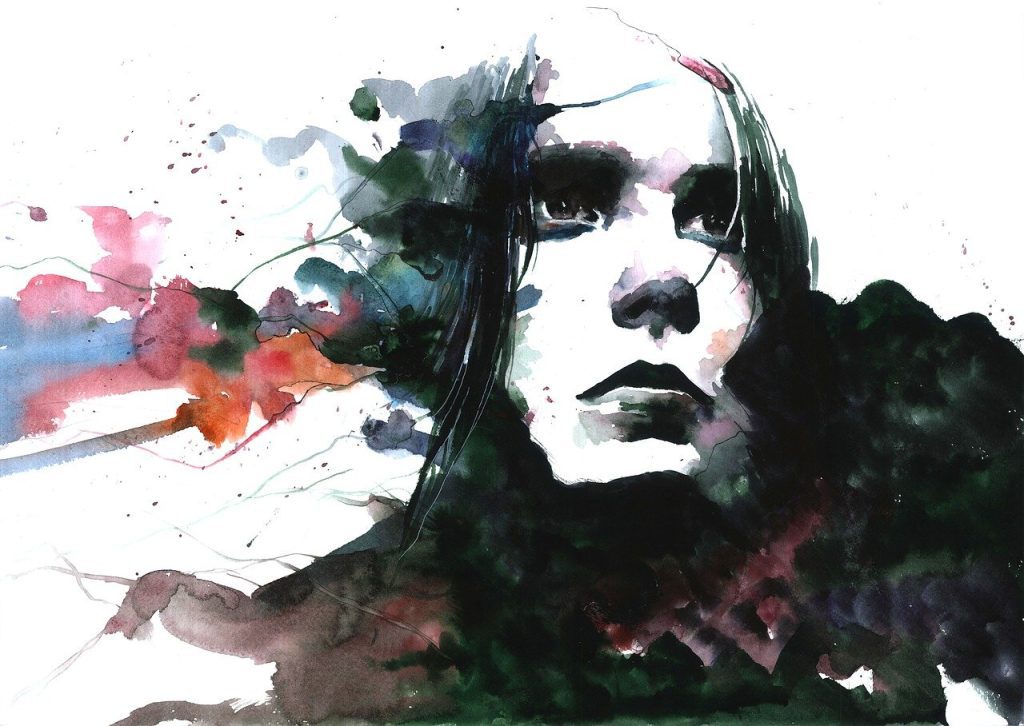
DECEMBER AFTERNOON, WITH ME/CFS
I’m standing in the winter sun. It doesn’t warm me,
although it does break off flecks of darkness clinging to me.
My shadow is long behind me, as the shadows of trees
before me reach toward me. My heart when struck is an iron bell.
I turn my face to the side, to better see what the lowering sun
is telling the neighborhood. It’s not asking anything to wake up.
Hold still, it seems to say, so that as an artist
it can paint the shapes of things precisely.
I’ve lost all precision. My shadow wavers, unsure.
The neighborhood stops like it was asked to.
I shuffle– standing so long is difficult.
I droop into a floral-patterned chair.
Fish circle frantically in the bowl of my brain.
All I see are the lines of my palms, then darkness.
ME/CFS AT SUNSET, WITH NEGATIVE SELF-TALK
The sun is setting, slanting swathes of warmth over my legs.
I once never let a sunset pass indoors, no matter the weather;
I’d be bundled if need be. Now I’m bundled in a blanket, in bed.
The parallelograms of light are alone in my room with the darkness.
Sunsets are never the same. The wind, the sizes, shapes,
and number of clouds begin a changing painting I’d watch to the end.
Now I am intent on luxuriating in these beams.
I won’t think of what I’m missing, or what I’ve missed.
My pillow is soft, the light warm, and the tides of my body
and mind slide onto the shores of sleep, slip softly back again.
I tell myself that only The Now matters. I tell myself I’m content.
But I’m a wastrel. The dandelions are opening their thousand eyes
over every green yard, and I haven’t greeted them today;
the blossoms blush on the peach tree without my notice.
What sort of good-for-nothing lets a whole day die while they lie in bed?
This is what I’ve been given: a bed to wait the dizziness out,
a window, and that profligate sun wasting it’s good clean light on me.
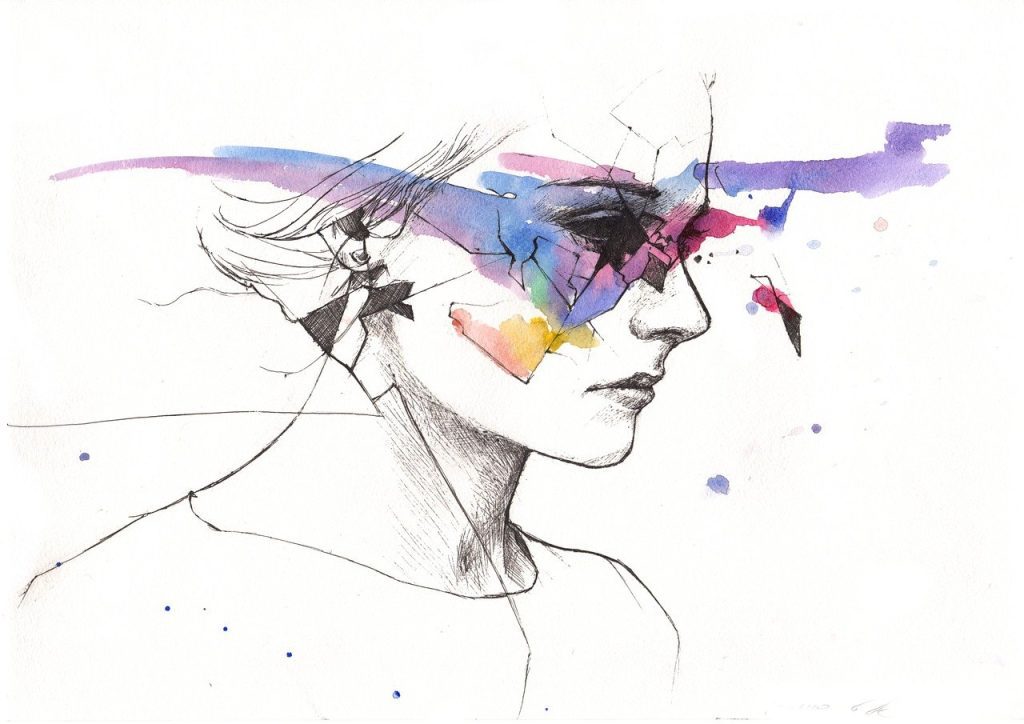
CONSIDERING DANDELIONS, WITH ME/CFS
Dandelions close their faces at night,
dark green cones tucked tight.
The little yellow discs will be back
when the sun touches them,
and warms their stems, they’ll open.
The slow light of morning
filters through the trees,
almost as silver as the moon,
tiptoes in like a dancer en pointe.
Dawn is uncertain, shy. Under clouds
darkness falls back, falls back,
into this chrome gleam that by degrees
becomes white, then buttercream,
then, tinged by most spare yellow.
The dew is still on the lawn, twinkling.
Little jewels drip from each closed cone.
I should sit in the morning and watch them.
How quickly before the dandelions
spread their blooms wide? Foolish me,
I write this like someone who could flower.
[1] From American Breakdown by Jennifer Lunden, page 63.
[2] From American Breakdown by Jennifer Lunden, page 17.
[3] From American Breakdown by Jennifer Lunden, page 17.
Credits
CDC. (n.d.). ME/CFS Basics. https://www.cdc.gov/me-cfs/about/index.html
Lunden, J.(2023). American breakdown. Harper Collins: USA.
Featured images by tsukiko-kiyomidzu for Pixabay
Learn More
New to autoethnography? Visit What Is Autoethnography? How Can I Learn More? to learn about autoethnographic writing and expressive arts. Interested in contributing? Then, view our editorial board’s What Do Editors Look for When Reviewing Evocative Autoethnographic Work?. Accordingly, check out our Submissions page. View Our Team in order to learn about our editorial board. Please see our Work with Us page to learn about volunteering at The AutoEthnographer. Visit Scholarships to learn about our annual student scholarship competition.
Mary Ann Honaker is the author of Becoming Persephone (Third Lung Press, 2019), and Whichever Way the Moon (Main Street Rag, 2023). She currently lives in Beaver, West Virginia.



